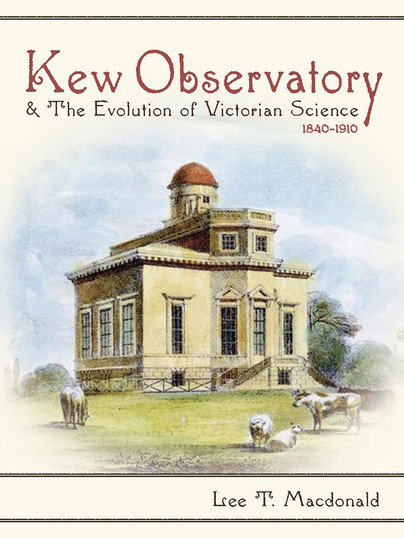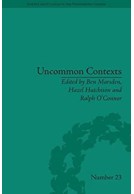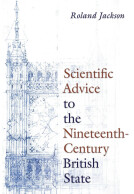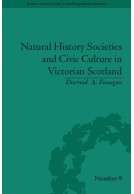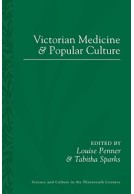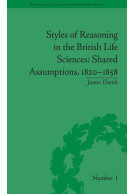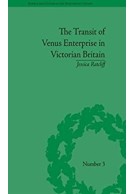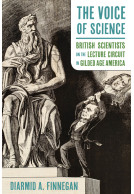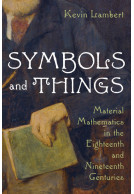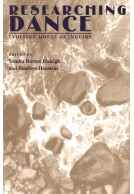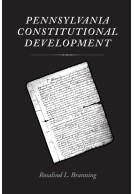Google Books previews are unavailable because you have chosen to turn off third party cookies for enhanced content. Visit our cookies page to review your cookie settings.
Kew Observatory and the Evolution of Victorian Science, 1840–1910 (Hardback)
Imprint: University of Pittsburgh Press
Series: Science and Culture in the Nineteenth Century
Pages: 336
Illustrations: 11 b&w images
ISBN: 9780822945260
Published: 18th May 2018
Script Academic & Professional
Series: Science and Culture in the Nineteenth Century
Pages: 336
Illustrations: 11 b&w images
ISBN: 9780822945260
Published: 18th May 2018
Script Academic & Professional
Usually available in 6-8 weeks.
You'll be £45.00 closer to your next £10.00 credit when you purchase Kew Observatory and the Evolution of Victorian Science, 1840–1910. What's this?
+£4.99 UK Delivery or free UK delivery if order is over £40
(click here for international delivery rates)
Order within the next 10 hours, 58 minutes to get your order processed the next working day!
Need a currency converter? Check XE.com for live rates
(click here for international delivery rates)
Order within the next 10 hours, 58 minutes to get your order processed the next working day!
Need a currency converter? Check XE.com for live rates
Kew Observatory was originally built in 1769 for King George III, a keen amateur astronomer, so that he could observe the transit of Venus. By the mid-nineteenth century, it was a world-leading center for four major sciences: geomagnetism, meteorology, solar physics, and standardization. Long before government cutbacks forced its closure in 1980, the observatory was run by both major bodies responsible for the management of science in Britain: first the British Association for the Advancement of Science, and then, from 1871, the Royal Society. Kew Observatory influenced and was influenced by many of the larger developments in the physical sciences during the second half of the nineteenth century, while many of the major figures involved were in some way affiliated with Kew.Lee T. Macdonald explores the extraordinary story of this important scientific institution as it rose to prominence during the Victorian era. His book offers fresh new insights into key historical issues in nineteenth-century science: the patronage of science; relations between science and government; the evolution of the observatory sciences; and the origins and early years of the National Physical Laboratory, once an extension of Kew and now the largest applied physics organization in the United Kingdom.
Other titles in the series...
Other titles in University of Pittsburgh Press...







